Typeerror: Unhashable Type: ‘Numpy.Ndarray’
TypeError is a common error that arises when working with Python. It is an indication that an operation or function is being performed on an incorrect data type. Among the various types of TypeErrors, one particular variant is TypeError: Unhashable Type: ‘numpy.ndarray’. This error occurs when attempting to use a NumPy array as a key in a dictionary or as an element in a set, as both operations require the data type to be hashable.
In this article, we will delve into the details of TypeError: Unhashable Type: ‘numpy.ndarray’, discuss the causes behind its occurrence, explore common scenarios in which it arises, and provide solutions to resolve this error.
Introduction to TypeError and Unhashable Type
In Python, TypeError is raised when an operation or function is performed on an object of incompatible type. It serves as an indicator that the program is attempting to perform an invalid operation on a specific data type. These errors can be quite informative, as they help identify errors and provide insights into the issue at hand.
One variant of TypeError that often puzzles Python programmers is TypeError: Unhashable Type: ‘numpy.ndarray’. To understand this error, we need to have a basic understanding of NumPy arrays.
Understanding NumPy Arrays
NumPy is a popular library in Python for scientific computing and data manipulation. It introduces multi-dimensional arrays called NumPy arrays, which are efficient containers for large amounts of data. NumPy arrays are designed to handle numerical data efficiently and provide a wide range of functions and operations for array manipulation.
Hashable and Unhashable Types
When working with dictionaries and sets in Python, the data type used as keys or elements must be hashable. Hashable objects are immutable and have a hash value that remains constant during its lifetime. Hash values are used to efficiently store and retrieve elements in dictionaries and sets.
Immutable built-in data types such as strings, numbers, and tuples are hashable, while mutable objects like lists and dictionaries are not, as their contents can change. NumPy arrays are also mutable and, hence, not hashable by default.
Causes of TypeError: Unhashable Type: ‘numpy.ndarray’
The main cause behind TypeError: Unhashable Type: ‘numpy.ndarray’ is the attempt to use a NumPy array as a key or an element in a dictionary or a set. As mentioned earlier, this error is encountered because NumPy arrays are mutable and, therefore, not hashable.
In Python, dictionaries and sets use hash values to identify and locate keys and elements efficiently. Hashable types require a consistent hash value, and since NumPy arrays can change, they don’t satisfy this requirement and, hence, are considered unhashable.
Common Scenarios and Solutions
Scenario 1: Using a NumPy Array as a Key in a Dictionary
If you encounter TypeError: Unhashable Type: ‘numpy.ndarray’ while attempting to use a NumPy array as a key in a dictionary, you can solve it by converting the array into a hashable type. One way to achieve this is by converting the NumPy array into a tuple, as tuples are hashable.
Example:
“`python
import numpy as np
my_dict = {}
my_array = np.array([1, 2, 3])
my_key = tuple(my_array)
my_dict[my_key] = “Value”
“`
Scenario 2: Using a NumPy Array as an Element in a Set
When dealing with sets, the same TypeError can occur if a NumPy array is used as an element of the set. To resolve this issue, you can convert the array into an immutable data type, such as a tuple or a frozenset, which can then be included in the set.
Example:
“`python
import numpy as np
my_set = set()
my_array = np.array([1, 2, 3])
my_element = tuple(my_array) # or frozenset(my_array)
my_set.add(my_element)
“`
By following these solutions, you can avoid the TypeError: Unhashable Type: ‘numpy.ndarray’ and utilize NumPy arrays effectively in dictionaries and sets.
FAQs
Q1: Can I use other mutable objects as keys or elements in dictionaries and sets?
No, you cannot use other mutable objects such as lists or dictionaries as keys or elements in dictionaries and sets either. The same TypeError: Unhashable Type will occur in such cases.
Q2: I still encounter the TypeError after converting the NumPy array to a hashable type. What should I do?
In some cases, even after converting the NumPy array to a hashable type, you may still encounter the TypeError. This can happen if the array contains elements that are themselves not hashable. Ensure that every element within the NumPy array is compatible with the hashable data type.
Q3: Are there any performance considerations when converting NumPy arrays to hashable types?
Converting NumPy arrays to hashable types like tuples may introduce some overhead in terms of memory usage and computational time. However, in most cases, the impact is negligible. It is important to weigh the benefits and drawbacks based on the specific requirements of your application.
Conclusion
The TypeError: Unhashable Type: ‘numpy.ndarray’ is a common error that occurs when using NumPy arrays as keys or elements in dictionaries and sets. As NumPy arrays are mutable by nature, they don’t satisfy the requirements for hashable types. By converting the arrays into hashable types like tuples, you can effectively use NumPy arrays in dictionaries and sets without encountering this error. Ensure that all the elements within the array are also hashable to prevent any further errors.
Python How To Fix Typeerror: Unhashable Type: ‘List’ (Troubleshooting #2)
Why Is Numpy Array Not Hashable?
NumPy is a fundamental package in Python for scientific computing. It provides powerful tools for working with multidimensional arrays and performing mathematical operations efficiently. However, one limitation of NumPy arrays is that they are not hashable. This means that they cannot be used as keys in dictionaries or elements in sets. The fact that NumPy arrays are not hashable has puzzled many users, as hashability is a common requirement in many programming scenarios. In this article, we will explore why NumPy arrays are not hashable and discuss some of the implications of this design choice.
To understand why NumPy arrays are not hashable, we need to first revisit the concept of hashability. In Python, hashability is an attribute of objects that allows them to be stored in a hash table or used as keys in a dictionary. A hashable object is one that can be converted into an integer value called a hash code. This hash code is used to efficiently compare and look up objects in a hash table, resulting in faster operations.
Hashability is an essential feature for objects that are used as dictionary keys or elements in sets because these data structures rely on hash codes for efficient retrieval and storage. Immutable data types in Python, such as strings, integers, and tuples, are hashable. Once created, their values cannot be changed, ensuring that their hash codes remain the same throughout their lifetime.
The lack of hashability in NumPy arrays can be attributed to the fact that these arrays are mutable objects. Unlike strings or tuples, the elements of a NumPy array can be altered after creation. This mutability prevents the array from having a consistent hash code, as its contents can change over time. If a NumPy array were hashable, it would be possible to retrieve a value from a dictionary using an array as a key, only to find that the key’s hash code has changed due to modifications made to the array. This inconsistency causes a conflict between the expected behavior of a hash table and the mutable nature of NumPy arrays.
Another important reason why NumPy arrays are not hashable is related to the memory layout of the array. NumPy arrays consist of a contiguous block of memory, with elements stored in a particular order. The hash code of an object typically depends on its contents, and changing the order of elements in the array would result in a different hash code. Therefore, in order to ensure that the hash code remains consistent, the NumPy array would need to be immutable, preventing any reordering or modification of its contents.
While the lack of hashability may seem like a drawback, it is important to note that NumPy arrays provide other efficient ways to perform operations such as indexing and slicing, which are crucial for scientific computing tasks. The design of NumPy prioritizes performance and numerical capabilities, and sacrifices some high-level language features such as hashability in the process.
FAQs:
Q: Can I use a NumPy array as a key in a dictionary if it is immutable?
A: Even if a NumPy array is immutable, it cannot be used as a key in a dictionary. This is because the hashability of an object is determined by its type, and NumPy arrays are not recognized as hashable types in Python.
Q: Are there any workarounds to make a NumPy array hashable?
A: While it is not possible to directly make a NumPy array hashable, you can convert it to a tuple or another hashable type that represents the array’s contents. However, this may result in additional memory overhead and performance costs.
Q: Are there any alternatives to using NumPy arrays as keys in dictionaries?
A: If you need to associate a numerical array with some values, you can consider using an alternative data structure, such as a custom class or a tuple, to represent the desired semantics. This way, you can maintain the hashability of the key while achieving the desired functionality.
In conclusion, NumPy arrays are not hashable due to their mutability and the potential for inconsistent hash codes. While this may limit their usage as keys in dictionaries or elements in sets, it is by design to prioritize performance and numerical capabilities. Understanding the reasons behind the lack of hashability in NumPy arrays helps us make informed decisions when working with scientific computing tasks in Python.
What Is Numpy Ndarray In Python?
NumPy, which stands for Numerical Python, is a fundamental library in the Python ecosystem for scientific computing. It provides a powerful data structure known as ndarray (N-dimensional array), which allows efficient manipulation of large arrays and matrices of homogeneous data types.
The ndarray object is the cornerstone of NumPy, as it enables high-performance numerical operations on multi-dimensional arrays. With the help of NumPy, Python becomes a powerful scientific programming language that can handle complex mathematical and data manipulation tasks efficiently.
Understanding Ndarray:
An ndarray is a table of elements (usually numbers) of the same type and size. It can be indexed or sliced just like a regular Python list, but with additional advantages such as fast operations and optimized memory usage. Ndarrays can have any number of dimensions or axes; however, the most common ones are 1D, 2D, or 3D arrays.
Creating Ndarrays:
There are multiple ways to create ndarrays in NumPy. One common method is by converting a regular Python list into an ndarray using the `numpy.array()` function. For example, to create a 1D ndarray, you can write:
“`python
import numpy as np
my_list = [1, 2, 3, 4, 5]
my_array = np.array(my_list)
“`
You can also use NumPy functions like `numpy.zeros()`, `numpy.ones()`, or `numpy.random.random()` to generate ndarrays with specific values or dimensions.
“`python
zeros_array = np.zeros((3, 3)) # 3×3 array filled with zeros
ones_array = np.ones((2, 4)) # 2×4 array filled with ones
random_array = np.random.random((2, 3)) # 2×3 array filled with random values between 0 and 1
“`
Ndarray Attributes:
Once an ndarray is created, it possesses several attributes that provide useful information about the array. Some of the commonly used attributes are:
– `shape`: A tuple that represents the dimensions of the ndarray. For example, a 2D array with 3 rows and 4 columns will have a shape of `(3, 4)`.
– `dtype`: The data type of the elements in the array. NumPy supports various data types, including integers, floating-point numbers, and complex numbers.
– `size`: The total number of elements in the ndarray.
– `ndim`: The number of dimensions of the array.
Basic Operations:
NumPy ndarrays support a wide range of mathematical and logical operations. It is easy to perform various mathematical calculations on entire arrays without writing explicit loops.
For example, you can add, subtract, multiply, or divide two ndarrays element-wise:
“`python
import numpy as np
arr1 = np.array([1, 2, 3])
arr2 = np.array([4, 5, 6])
result = arr1 + arr2
# Output: [5, 7, 9]
result = arr1 * arr2
# Output: [4, 10, 18]
“`
You can also perform operations between a scalar value and an ndarray, in which the scalar value is applied to each element of the ndarray:
“`python
import numpy as np
arr = np.array([1, 2, 3])
result = arr + 2
# Output: [3, 4, 5]
result = arr * 2
# Output: [2, 4, 6]
“`
Ndarray also provides many mathematical functions such as `numpy.sum()`, `numpy.mean()`, and `numpy.std()` that can be applied to the entire array or along a specific axis.
Advanced Operations:
NumPy ndarrays offer advanced operations, including indexing, slicing, and reshaping.
Indexing allows you to access individual elements or groups of elements within an array. You can use integer indexing, boolean indexing, or even assign new values to selected elements based on specific conditions.
Slicing enables you to extract parts of an array using specified ranges along each dimension. It is a powerful technique for working with subsets of large arrays without copying the data.
Reshaping allows you to change the dimensions of an array without altering the data itself. For example, you can convert a 1D array into a 2D array by using the `numpy.reshape()` function.
Frequently Asked Questions (FAQs):
Q1. Can ndarrays only store numeric values?
No, ndarrays can store elements of any type, including numbers, strings, or custom-defined objects. However, for efficient mathematical operations, it is recommended to use homogeneous data types.
Q2. How do I check the size of an ndarray?
The `ndarray.size` attribute returns the total number of elements in the array.
Q3. Can I change the shape of an ndarray after it is created?
Yes, you can modify the shape of an ndarray using the `numpy.reshape()` function or by assigning a different shape directly to the `ndarray.shape` attribute.
Q4. How do I select specific elements from an ndarray?
You can use indexing techniques to access individual elements or subsets of an ndarray. For example, `array[0]` accesses the first element, and `array[2:5]` retrieves elements from index 2 to index 4.
Q5. What is the difference between `numpy.array` and `numpy.ndarray`?
`numpy.array` is a function that creates an ndarray from a regular Python list or tuple, while `numpy.ndarray` is the class of the array object itself.
Q6. Can I perform mathematical operations on arrays with different shapes?
NumPy automatically performs element-wise operations on arrays with compatible shapes. If the arrays have different shapes, NumPy will try to broadcast the operands to match before performing the operation, following a set of predefined rules.
In conclusion, the NumPy ndarray is a powerful data structure in Python that enables efficient manipulation of arrays and matrices for scientific computation. It provides a wide range of operations, making it an essential tool for numerical calculations, data analysis, and machine learning. Understanding how to create, manipulate, and perform operations on ndarrays is fundamental for anyone working with scientific computing and data analysis in Python.
Keywords searched by users: typeerror: unhashable type: ‘numpy.ndarray’
Categories: Top 60 Typeerror: Unhashable Type: ‘Numpy.Ndarray’
See more here: nhanvietluanvan.com
Images related to the topic typeerror: unhashable type: ‘numpy.ndarray’

Found 20 images related to typeerror: unhashable type: ‘numpy.ndarray’ theme









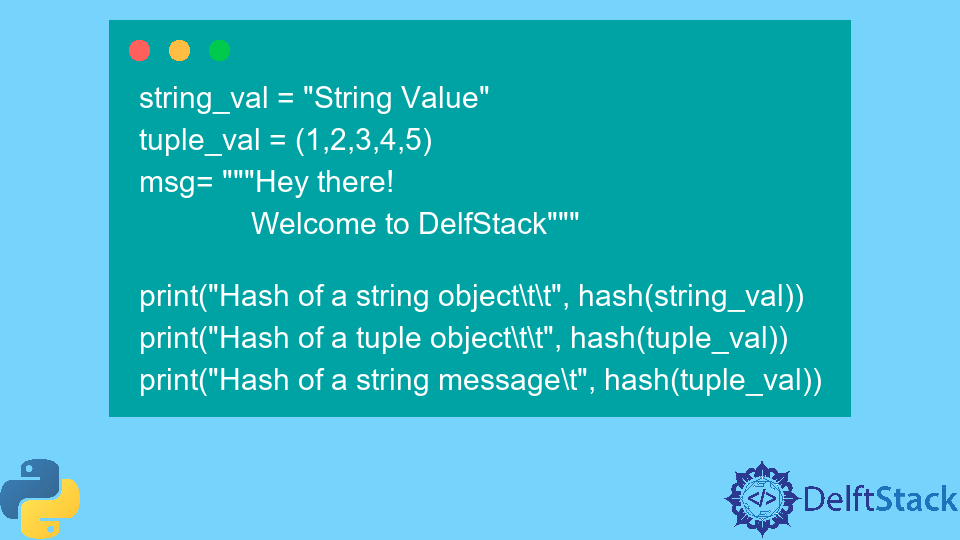
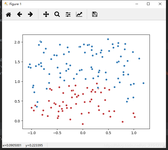



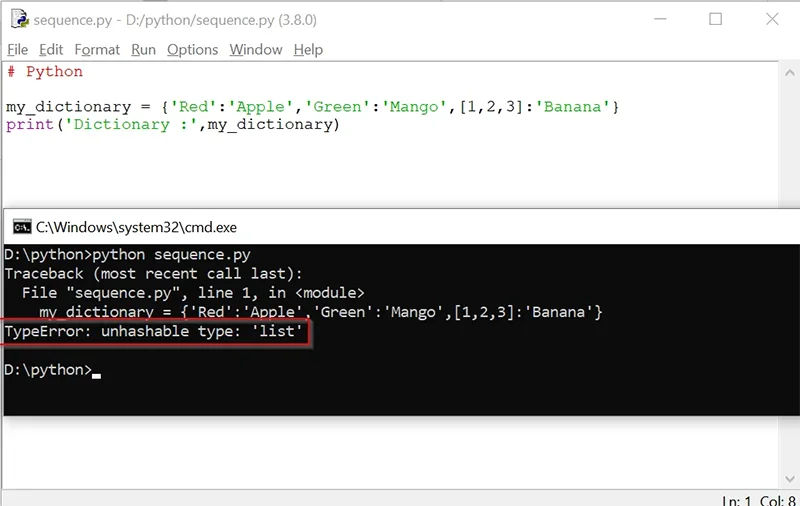



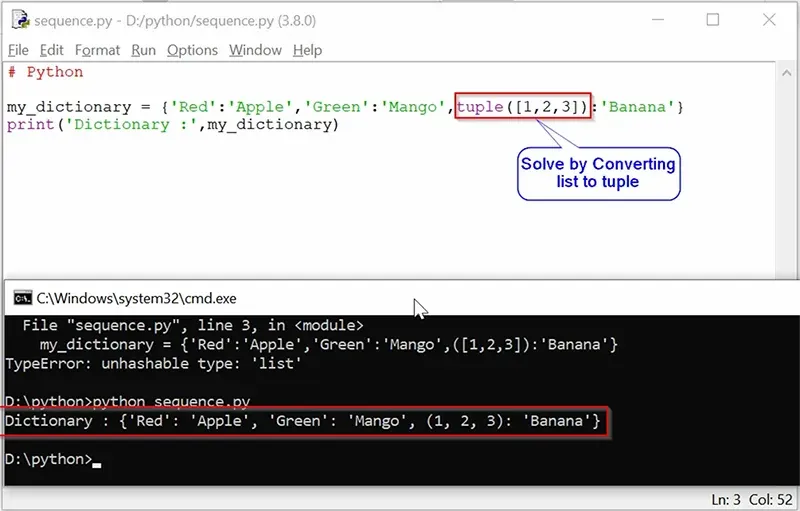


![Typeerror: unhashable type: 'numpy.ndarray' [SOLVED] Typeerror: Unhashable Type: 'Numpy.Ndarray' [Solved]](https://itsourcecode.com/wp-content/uploads/2021/01/IT-SOURCECODE_ICON-07.jpg)
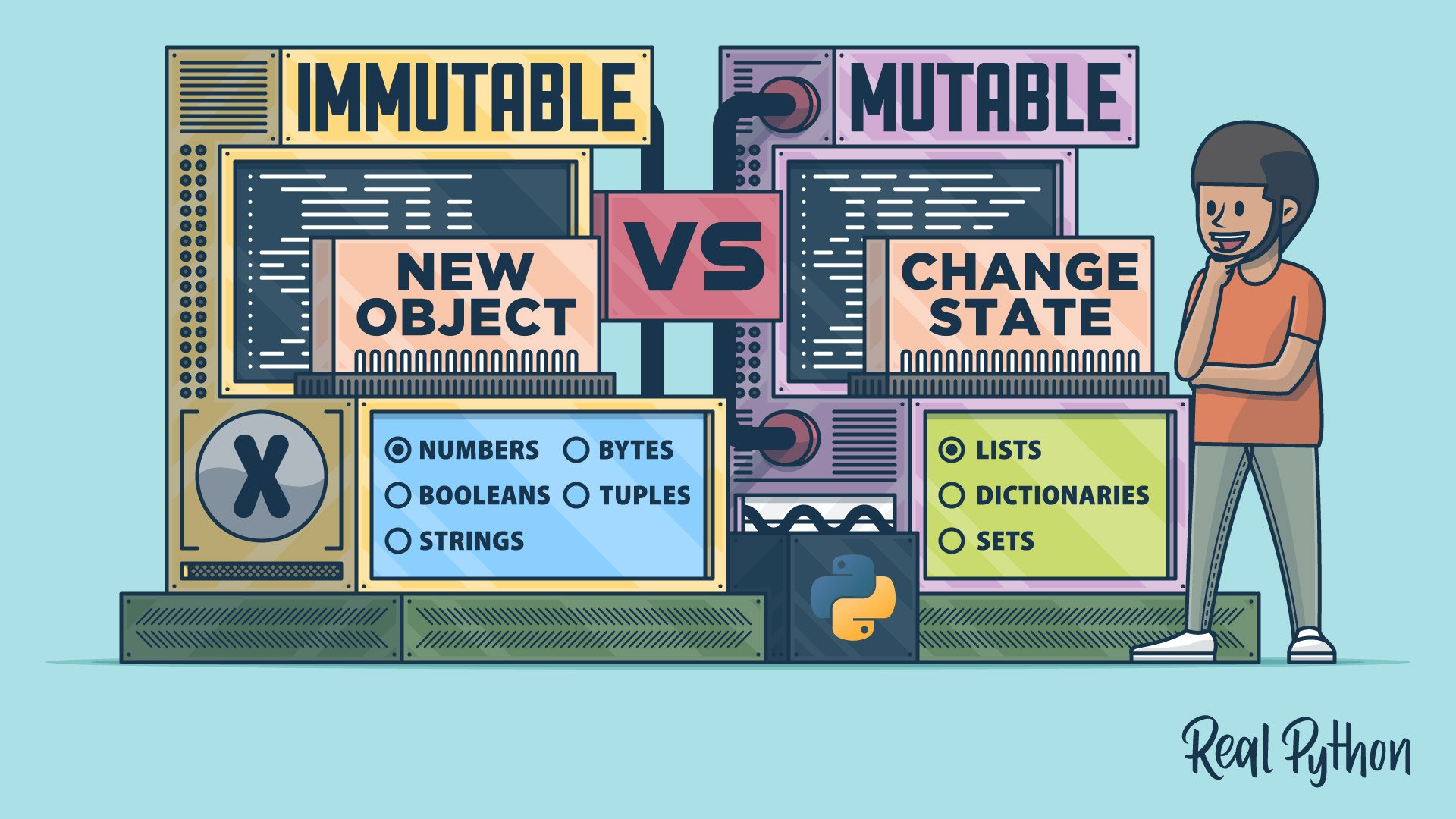

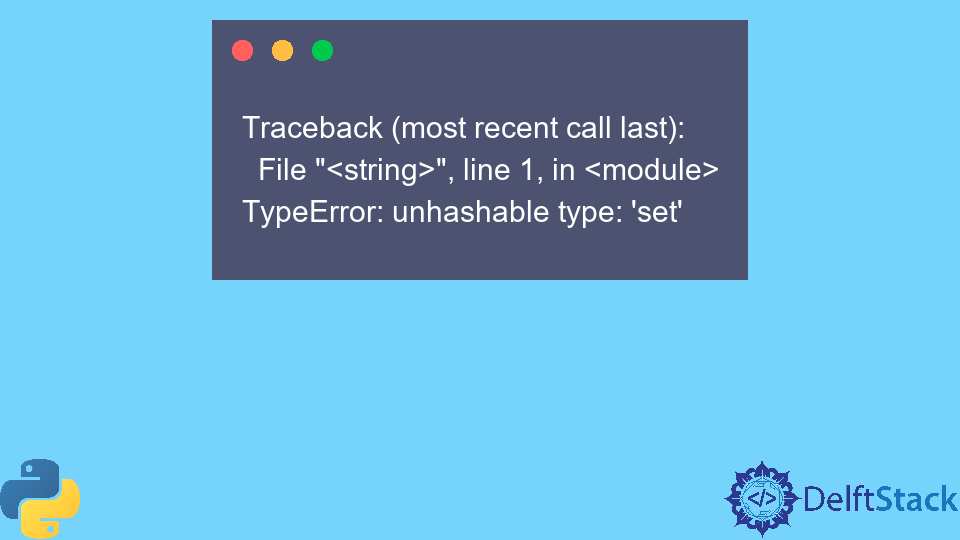
Article link: typeerror: unhashable type: ‘numpy.ndarray’.
Learn more about the topic typeerror: unhashable type: ‘numpy.ndarray’.
- TypeError: unhashable type: ‘numpy.ndarray’ – Stack Overflow
- Resolved “TypeError: Unhashable Type” Numpy.Ndarray
- 3 Easy Ways to Fix TypeError: unhashable type: ‘numpy.ndarray’
- How to Fix the TypeError: unhashable type: ‘numpy.ndarray’?
- Typeerror: Unhashable Type: ‘numpy.ndarray’: Debugged and …
- Fix the Unhashable Type numpy.ndarray Error in Python
- How to make a tuple including a numpy array hashable?
- NumPy Ndarray – Javatpoint
- How to Handle TypeError: Unhashable Type ‘Dict’ Exception in …
- Test whether the elements of a given NumPy array is zero or not in Python
- Typeerror: unhashable type: ‘numpy.ndarray’ – Itsourcecode.com
- unhashable type: ‘numpy.ndarray’ – AI Search Based Chat
- TypeError: unhashable type: ‘numpy.ndarray’ [closed]
See more: nhanvietluanvan.com/luat-hoc